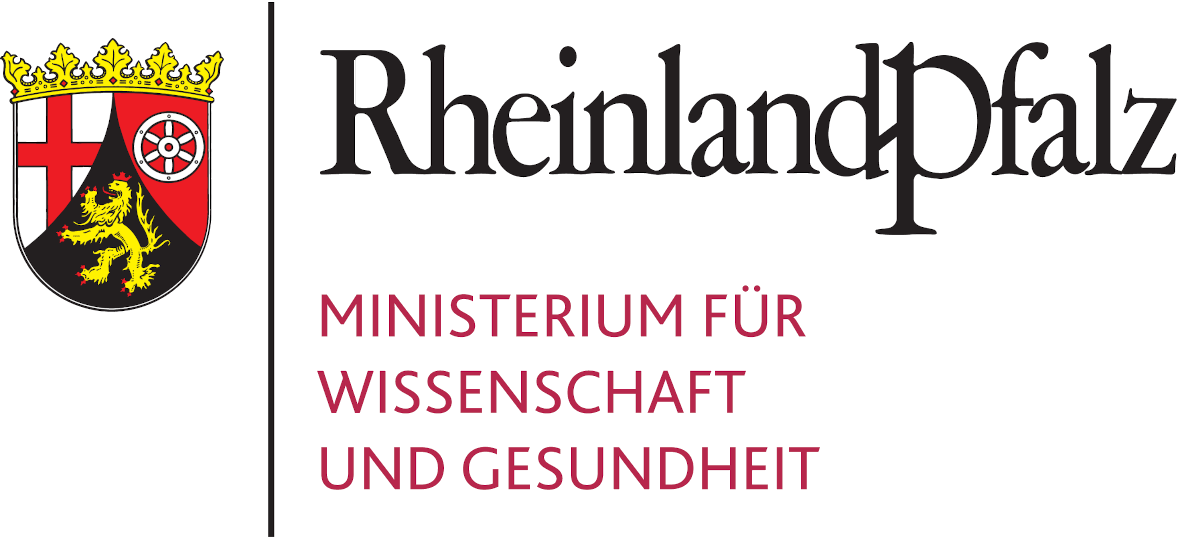Synchronic and Diachronic Distributional Models of Compound-Constituent Meaning Interactions
Monday, 14. March 2022, 10–12h
HYBRID FORMAT
Abstract:
Distributional models assume that the contexts of a linguistic unit (such as a word, a multi-word expression, a phrase, a sentence, etc.) provide information about the meaning of the linguistic unit (Harris, 1954; Firth, 1957). They have been widely applied across data-intensive lexical semantics tasks (among other areas). In this talk, I will present ongoing work that explores distributional models for degrees of compositionality of German and English noun compounds. The first part of the talk will introduce our noun compound datasets in combination with standard synchronic distributional models to predict compositionality, comparing window- and syntax-based variants and then zooming into empirical and lexical-semantic compound and constituent properties. In the second part of the talk I will outline a diachronic distributional model and illustrate through visualisations of distributional vector spaces and changes in corpus co-occurrence neighbourhoods how compound and constituent meanings change over time.


